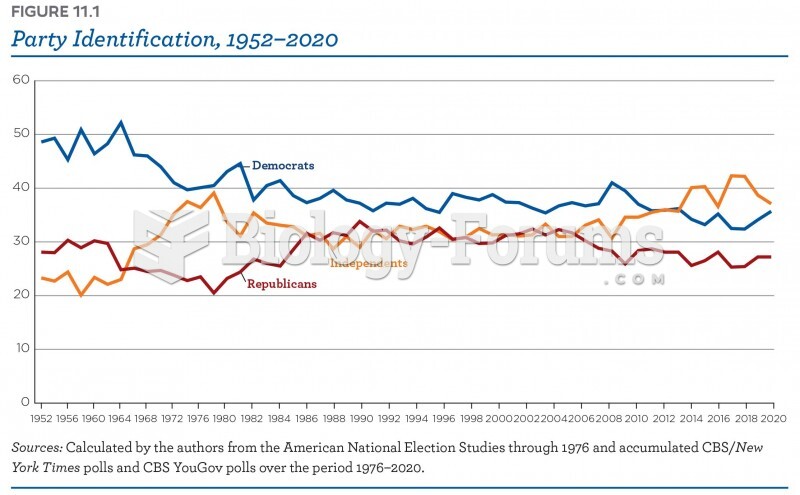Answer to Question 1
An ideal response will:
1. Provide an overview of the developments in party fund-raising. This should include reflections on hard money, soft money, and party-independent expenditures. The Federal Election Campaign Act of 1971 increased disclosure, and amendments to it by the Federal Election Commission in 1979 allowed greater use of soft money. The Bipartisan Campaign Reform Act of 2002 significantly lessened use of soft money while doubling the amount of individual contributions allowed. Discuss the significance of the 2014 Supreme Court ruling, which expanded the ability of parties to raise and spend money. Note how party-independent expenditures have been used in coordination during key elections to compensate for the reduction of soft money.
2. Assess the overall effects of these changes on political parties. Discuss how individual campaign contributions have compensated for the reduction in soft money. Make a compelling argument for the weakening or strengthening of parties based on this discussion.
3. Provide a brief summary paragraph tying together main features of the discussion, restating the initial assessment.
Answer to Question 2
An ideal response will:
1. Describe the constitutional factors that have shaped the U.S. electoral system.
2. Explain how the U.S. electoral system differs from most European democracies.
3. Investigate the effects of progressive reforms and other factors that have altered the electoral system for better or worse. Campaign financing should be assessed in detail.
4. Assess the strengths and deficiencies in the American system in relation to other democracies, offering suggestions for feasible and useful change in promoting American democracy.
5. Offer a compelling summary and conclusion.







